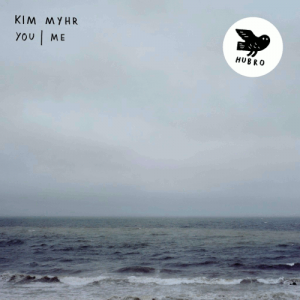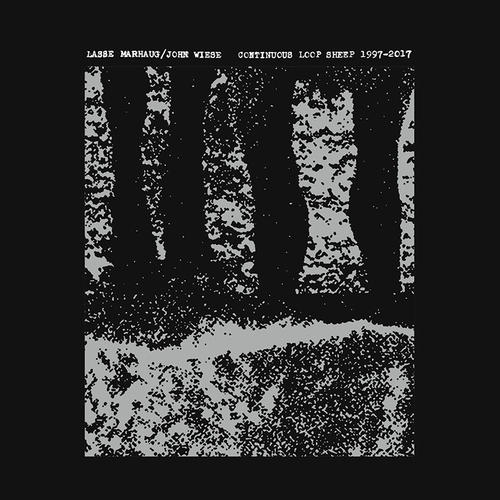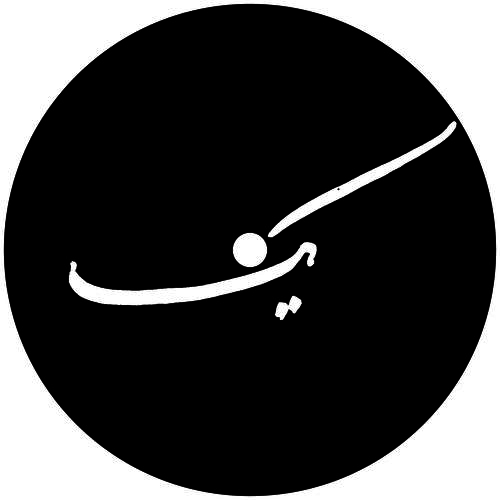Hubro
 The last couple of years have been busy for Kim Myhr. You|Me is his third album of 2017, including two collaborations: one with Lasse Marhaug and one with Ingar Zach; while in 2016, he released two albums, including one with Jenny Hval and the Trondheim Jazz Orchestra.You|Me, although under his own name, is also a collaboration, but this time with three renowned percussionists: Tony Buck from The Necks, Ingar Zach again and Hans Hulbaekmo, and together they have produced an evocative and immersive soundscape.
The last couple of years have been busy for Kim Myhr. You|Me is his third album of 2017, including two collaborations: one with Lasse Marhaug and one with Ingar Zach; while in 2016, he released two albums, including one with Jenny Hval and the Trondheim Jazz Orchestra.You|Me, although under his own name, is also a collaboration, but this time with three renowned percussionists: Tony Buck from The Necks, Ingar Zach again and Hans Hulbaekmo, and together they have produced an evocative and immersive soundscape.
Spread across two tracks, one on each side of the LP, the results echo the timeless cover photograph of a hypnotic seascape. The album opens with the shimmering flutter of guitar, light and drifting, phasing in and out like a camera being drawn in and out of focus as it films the swelling and receding of the tide. Life is reflected in the particles of electronics scattered the bed of rhythm generated by a drone-like monotone guitar. Sounds ripple in and out, guitar figures stretch and increase as the track progresses. Hand
percussion resonates in the shadows like a layer of subtle dissonance, loud enough to be noticeable, but tucked carefully away.
The layers start to increase in volume and strength, but underneath all of this lies the original guitar figure. Or is it the original? Has it subtly changed? No matter how the listener concentrates and sits waiting, it is impossible to tell what came before. It has that
Steve Reichian quality of gradual transformation. Other textures drop out and for a while we are left with the gentle rustling percussion. Whether the three percussionists are playing together, I am unable to tell as the overall effect is a far-off wash, a muted background essence, lapping against your consciousness. Things become very distant towards the end of side one; a wash of
drone, a smear of guitar, unknown sparkles of electronics in the darkening sky.
A little more tempo starts off side two, the familiar guitar figure and muted percussion are joined by a more classic guitar line. It feels like a reaction to the other side in its simple repetition. This side is less complex and allows the listener to be drawn in to the simplicity of the track’s essences. Here and there are reverbed guitar strokes secreted at random, but really it is about the meditative aspect of a repeated guitar figure and how it transports the listener, where it takes them internally and how towards the end of the track, when it all gradually dissipates into shimmer and fuzz, how we feel about that absence.
-Mr Olivetti-
 The last couple of years have been busy for Kim Myhr. You|Me is his third album of 2017, including two collaborations: one with Lasse Marhaug and one with Ingar Zach; while in 2016, he released two albums, including one with Jenny Hval and the Trondheim Jazz Orchestra.You|Me, although under his own name, is also a collaboration, but this time with three renowned percussionists: Tony Buck from The Necks, Ingar Zach again and Hans Hulbaekmo, and together they have produced an evocative and immersive soundscape.
The last couple of years have been busy for Kim Myhr. You|Me is his third album of 2017, including two collaborations: one with Lasse Marhaug and one with Ingar Zach; while in 2016, he released two albums, including one with Jenny Hval and the Trondheim Jazz Orchestra.You|Me, although under his own name, is also a collaboration, but this time with three renowned percussionists: Tony Buck from The Necks, Ingar Zach again and Hans Hulbaekmo, and together they have produced an evocative and immersive soundscape.


